Comparison of IBC and TOPCon Technology for Solar Modules
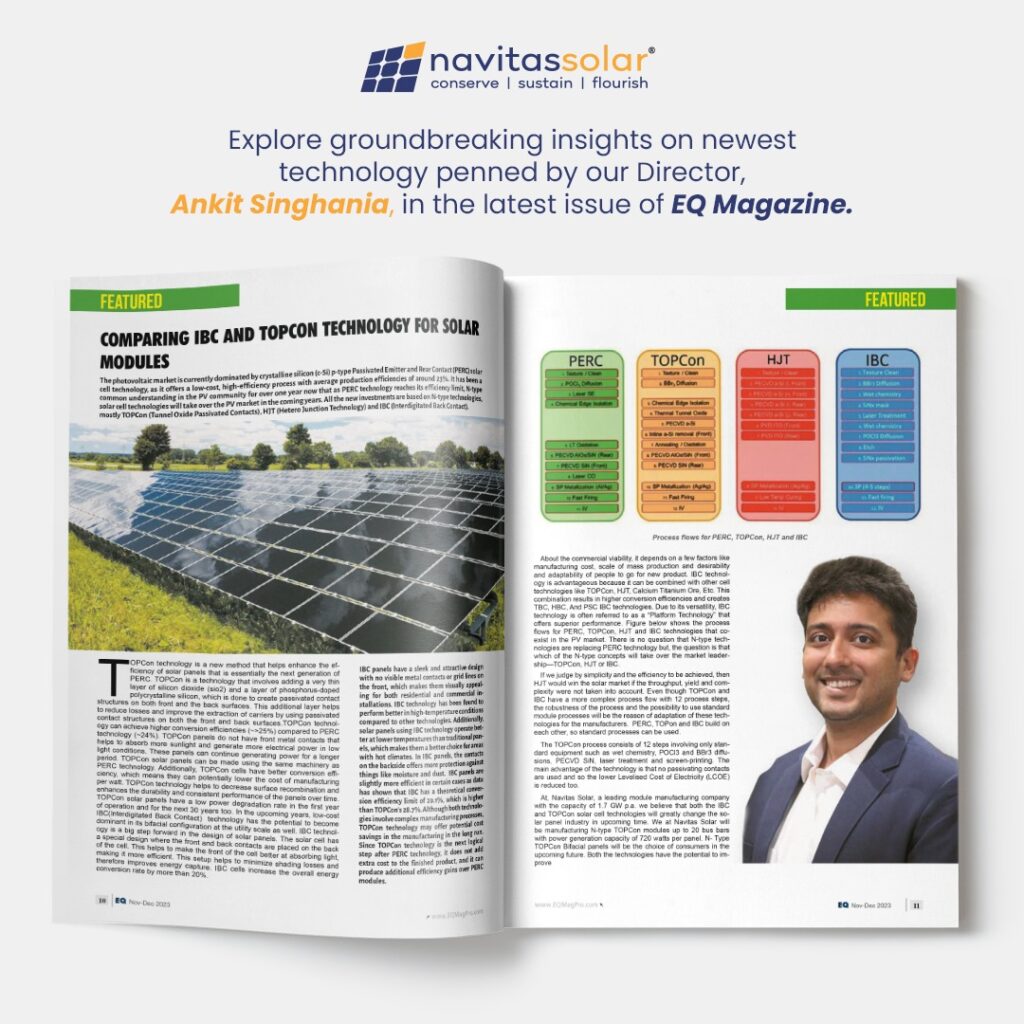
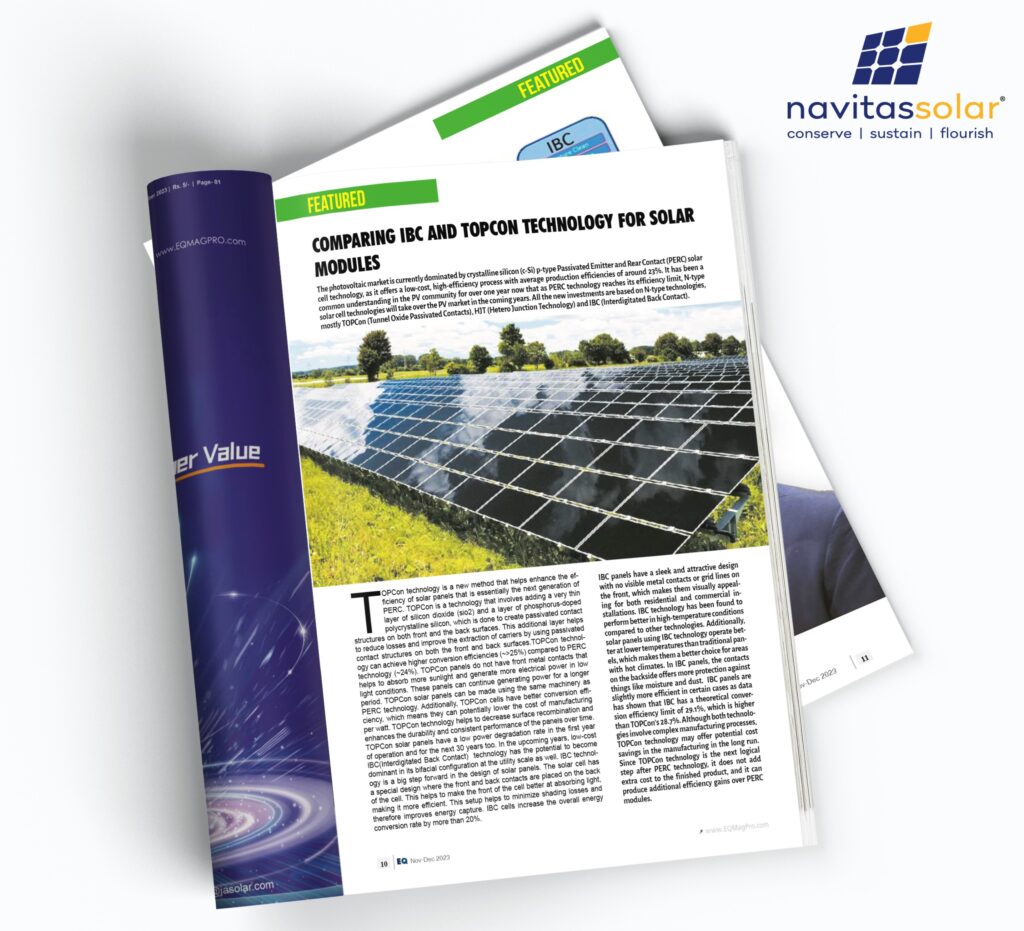
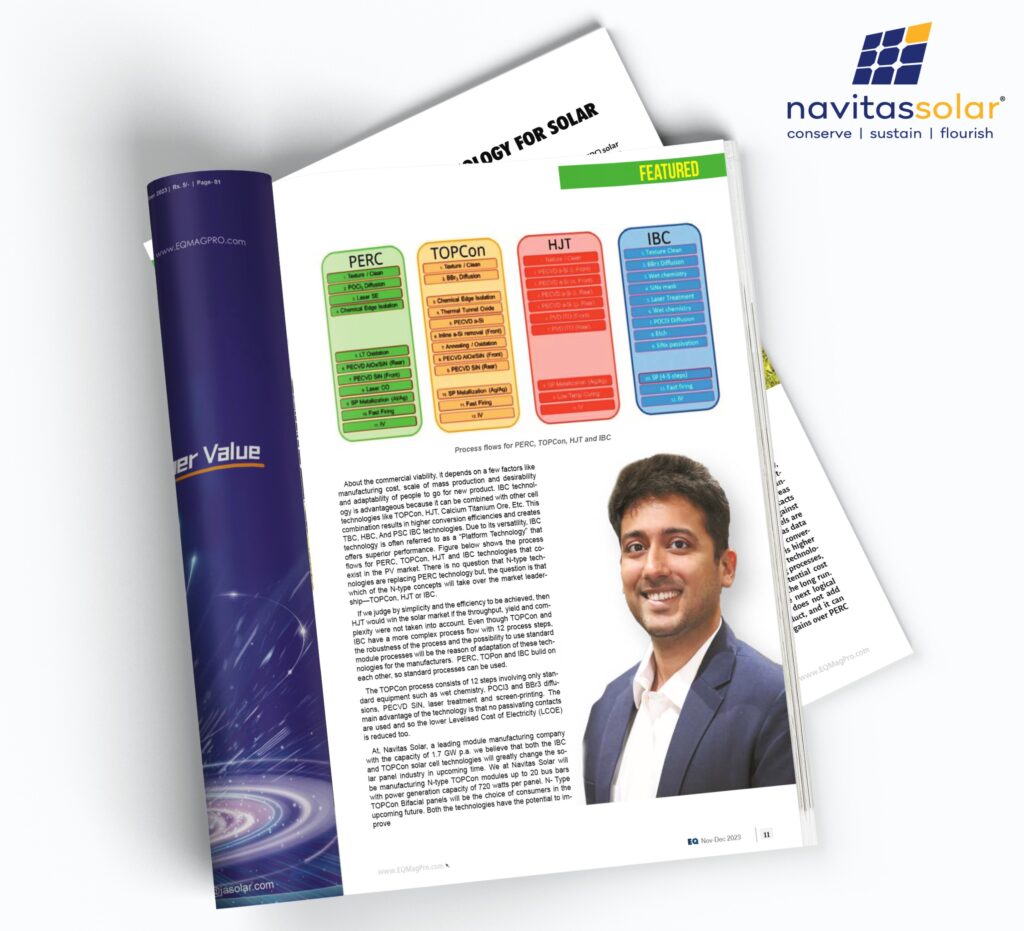
Comparing IBC and TOPCon Technology for Solar Modules
The photovoltaic market is currently dominated by crystalline silicon (c-Si) p-type Passivated Emitter and Rear Contact (PERC) solar cell technology, as it offers a low-cost, high-efficiency process with average production efficiencies of around 23%. It has been a common understanding in the PV community for over one year now that as PERC technology reaches its efficiency limit, N-type solar cell technologies will take over the PV market in the coming years. All the new investments are based on N-type technologies, mostly TOPCon (Tunnel Oxide Passivated Contacts), HJT (Hetero Junction Technology) and IBC (Interdigitated Back Contact).
TOPCon technology is a new method that helps enhance the efficiency of solar panels that is essentially the next generation of PERC. TOPCon is a technology that involves adding a very thin layer of silicon dioxide (sio2) and a layer of phosphorus-doped polycrystalline silicon, which is done to create passivated contact structures on both front and the back surfaces. This additional layer helps to reduce losses and improve the extraction of carriers by using passivated contact structures on both the front and back surfaces.
TOPCon technology can achieve higher conversion efficiencies (~>25%) compared to PERC technology (~24%). TOPCon panels do not have front metal contacts that helps to absorb more sunlight and generate more electrical power in low light conditions. These panels can continue generating power for a longer period. TOPCon solar panels can be made using the same machinery as PERC technology. Additionally, TOPCon cells have better conversion efficiency, which means they can potentially lower the cost of manufacturing per watt. TOPCon technology helps to decrease surface recombination and enhances the durability and consistent performance of the panels over time. TOPCon solar panels have a low power degradation rate in the first year of operation and for the next 30 years too.
In the upcoming years, low-cost IBC(Interdigitated Back Contact) technology has the potential to become dominant in its bifacial configuration at the utility scale as well. IBC technology is a big step forward in the design of solar panels. The solar cell has a special design where the front and back contacts are placed on the back of the cell. This helps to make the front of the cell better at absorbing light, making it more efficient. This setup helps to minimize shading losses and therefore improves energy capture. IBC cells increase the overall energy conversion rate by more than 20%.
IBC panels have a sleek and attractive design with no visible metal contacts or grid lines on the front, which makes them visually appealing for both residential and commercial installations. IBC technology has been found to perform better in high-temperature conditions compared to other technologies. Additionally, solar panels using IBC technology operate better at lower temperatures than traditional panels, which makes them a better choice for areas with hot climates. In IBC panels, the contacts on the backside offers more protection against things like moisture and dust.
IBC panels are slightly more efficient in certain cases as data has shown that IBC has a theoretical conversion efficiency limit of 29.1%, which is higher than TOPCon’s 28.7%. Although both technologies involve complex manufacturing processes, TOPCon technology may offer potential cost savings in the manufacturing in the long run. Since TOPCon technology is the next logical step after PERC technology, it does not add extra cost to the finished product, and it can produce additional efficiency gains over PERC modules.
About the commercial viability, it depends on a few factors like manufacturing cost, scale of mass production and desirability and adaptability of people to go for new product. IBC technology is advantageous because it can be combined with other cell technologies like TOPCon, HJT, Calcium Titanium Ore, Etc. This combination results in higher conversion efficiencies and creates TBC, HBC, And PSC IBC technologies. Due to its versatility, IBC technology is often referred to as a “Platform Technology” that offers superior performance.
Figure below shows the process flows for PERC, TOPCon, HJT and IBC technologies that co-exist in the PV market. There is no question that N-type technologies are replacing PERC technology but, the question is that which of the N-type concepts will take over the market leadership—TOPCon, HJT or IBC.
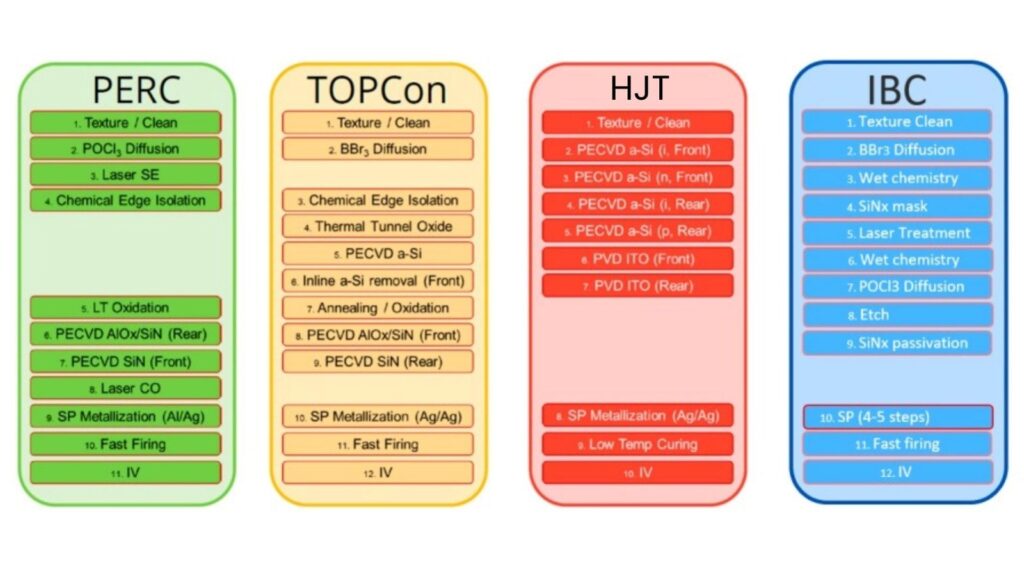
If we judge by simplicity and the efficiency to be achieved, then HJT would win the solar market if the throughput, yield and complexity were not taken into account. Even though TOPCon and IBC have a more complex process flow with 12 process steps, the robustness of the process and the possibility to use standard module processes will be the reason of adaptation of these technologies for the manufacturers. PERC, TOPon and IBC build on each other, so standard processes can be used.
The TOPCon process consists of 12 steps involving only standard equipment such as wet chemistry, POCl3 and BBr3 diffusions, PECVD SiN, laser treatment and screen-printing. The main advantage of the technology is that no passivating contacts are used and so the lower Levelised Cost of Electricity (LCOE) is reduced too.
At, Navitas Solar, a leading module manufacturing company with the capacity of 1.7 GW p.a. we believe that both the IBC and TOPCon solar cell technologies will greatly change the solar panel industry in upcoming time. We at Navitas Solar will be manufacturing N-type TOPCon modules up to 20 bus bars with power generation capacity of 720 watts per panel. N- Type TOPCon Bifacial panels will be the choice of consumers in the upcoming future. Both the technologies have the potential to improve efficiency and make solar energy more widely available and sustainable. IBC panels are especially known for their superior performance and commercial viability in high temperature conditions while TOPCon panels have higher efficiencies and can offer potential cost savings.
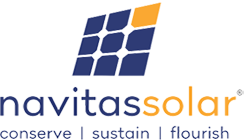

 Online | Privacy policy
Online | Privacy policy
Related Posts
You May Also Like
Bonito Series: Driving Innovation in…
Read MoreTOPCon Series: The Next Generation…
Read MoreValuable Points to Remember During…
Read MoreNavitas Planet Partners with Hysolwin…
Read MoreDriving Towards a Sustainable Future:…
Read MoreWhy Do Top-Grade EVA Sheets…
Read MoreBonito Series: Driving Innovation in…
Read MoreTOPCon Series: The Next Generation…
Read MoreValuable Points to Remember During…
Read MoreNavitas Planet Partners with Hysolwin…
Read MoreDriving Towards a Sustainable Future:…
Read MoreWhy Do Top-Grade EVA Sheets…
Read MoreBonito Series: Driving Innovation in…
Read MoreTOPCon Series: The Next Generation…
Read MoreValuable Points to Remember During…
Read MoreNavitas Planet Partners with Hysolwin…
Read More